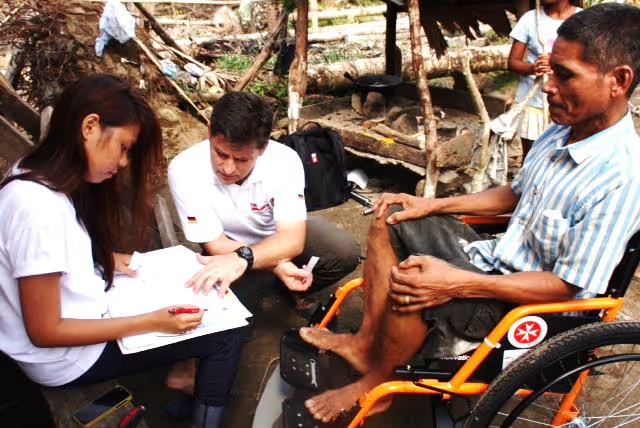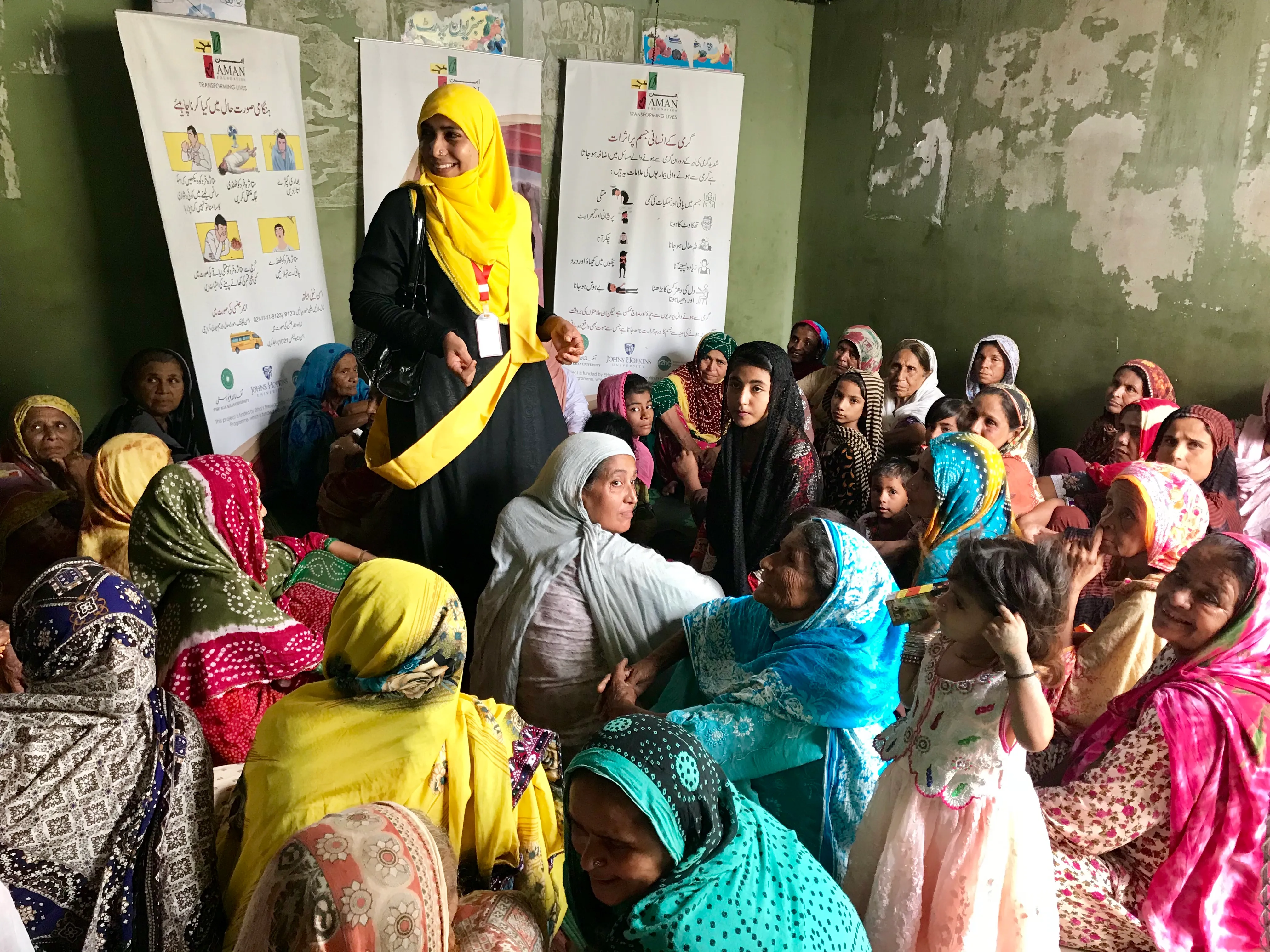Getting emergency wheelchairs out there – thoughts from the Philippines

Valentin Tocut, travelled to the Philippines on December 1st as part of the Johanniter International Assistance emergency response. Johanniter is one of Motivation’s partner organisations in the emergency wheelchair project, and Vali’s role was to establish an emergency wheelchair service. Here we talk to him about his experiences:
“I first heard about the disaster in the Philippines on the news. Shortly after, Johanniter got in contact with me and asked me if I was available to be part of their emergency response team. I had already been trained in emergency wheelchair response by Motivation at Johanniter at a weekend course for volunteers in April.”
“I went to the Johanniter headquarters in Berlin for some pre-trip training and preparation before flying out to the Philippines on December 1st. My first stop was Ormoc where reconstruction and cleaning had already started. The Motivation emergency wheelchairs had been flown to the Philippines one week before and had gone through customs and been taken to where they were needed by the time I arrived.”
“I initially trained three people from Johanniter’s partner organisation The Balay Mindanaw Foundation (BMFI) in assembly and fitting of the wheelchairs, and also wheelchair user training. The training was quite straightforward.”
“BMFI had a list with people who needed a wheelchair; we also were given a list for a different area by the chief from one of the villages. And, of course, there were a few others who we heard about from friends and neighbours.”
“In Tacloban we linked with Handicap International where I trained two of their physiotherapists, alongside three physiotherapists from the local hospital. In Tacloban, the situation was much worse. There, the clearing up and reconstruction was ongoing, and things were not good. There were no shelters, and many people were still staying in the refugee areas, schools and kindergartens. We distributed one wheelchair in a classroom - about 50metres square, with about 36 people from nine families inside.”

“I only spent 30-40 minutes with each wheelchair user, but I was able to revisit them before I left and see them benefiting from being able to move around without the help of another person.
“One of the wheelchair users, a 40 years old lady who needed a wheelchair, had had to be carried to safe grounds before the typhoon hit. Their house was totally damaged and her parents were so sad to have to start all over again. But she at least was happy to receive a wheelchair, and to be able to go outside after months of staying at home.”
“I would be pleased to be part of an emergency wheelchair response again.”
Vali was involved in the distribution of 23 emergency wheelchairs to wheelchair users; most of them were elderly and many of them permanent wheelchair users. Four wheelchairs were also given to a local hospital, 5 to BMFI for further distribution, and 17 to Handicap International for distribution as part of their emergency response programme.
Stay updated
Sign up for our newsletter to receive regular updates on resources, news, and insights like this. Don’t miss out on important information that can help you stay informed and engaged.
Related articles



Explore Elrha
Learn more about our mission, the organisations we support, and the resources we provide to drive research and innovation in humanitarian response.